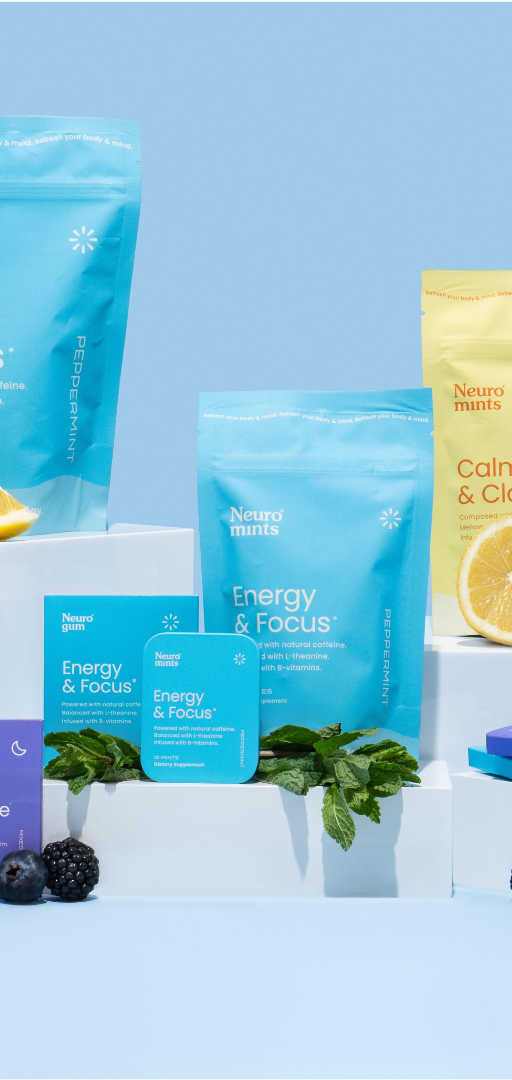
Don’t you just hate it when you wake up around noon or even later and look at your next-door neighbor or catch up with a friend? You’re only getting ready to start your day, and they’ve already had breakfast and coffee, completed their early-morning exercise, checked their mail, went to the grocery store, and got some of their daily tasks out of the way.
“Why can’t I be more like them,” you ask yourself. Their “success” story doesn’t motivate you; on the contrary, it makes you feel guilty because you’ve lost a significant portion of the day to allow yourself to sleep in. Then you think about everything you have to do that day, and the mere idea of having missed out on the morning is toying with your mind and making it difficult for you to proceed with your plans.
It doesn’t have to be that way, though: you, too, can be one of those cheery, chirpy morning types. It’s no easy task, as it involves a lot of patience and dedication. After all, you’ve probably been doing the whole “night owl” routine for years and your body needs time to adjust to this new “early bird” rhythm.
Sort Out Your Sleeping Pattern

Irregular sleeping patterns are usually the biggest obstacle standing between where you are now and the morning person you want to become. Before you can start your day properly, you need to have a good night’s sleep. They don’t call it “night’s sleep” for nothing: it involves going to bed earlier than you normally do, sleeping for anywhere between seven and nine hours, and waking up in the morning.
Just like your body needs time to get used to the morning person routine, it also needs time to transition from the active mode to the sleep mode. The first step towards going to bed early is to set up a clear boundary between work and sleep. Take one hour after you finish work and before you go to bed and eliminate all things that stimulate your brain and may make it harder to actually fall asleep.
This means that all computers and screens should be shut off. No late-night television, either: exposing your brain to visual and sound stimuli at a time when it should be winding down is not recommended. If you really want to see the show, there are many options that allow you to watch it on demand the next day.
Instead, take this hour to get ready for bed. Dim the lights, lie down, and read something – nothing too exciting or tense, though. Treat this as a quiet and calming activity that will help induce sleep. Alternatively, do something else that you find soothing and relaxing. Light a scented candle and meditate for about ten minutes, or put on some quiet music and reflect on everything good you’ve done that day.
Get Ready for the Next Morning

In order to minimize the risk of getting up on the wrong side of the bed, prepare everything you can the evening before. Choose what you’ll wear tomorrow and lay it out. Pack your bag for work or school, so that you don’t have to do it in the morning. If you need to bring some papers with you, don’t rely on the “I think that’s where I left them” kind of thinking. Find them and get them ready before you go to sleep.
The idea here is simple: if there’s something you can do now, don’t let it wait until the morning. Do it in the evening and allow yourself to start the next day well-prepared and filled with confidence. Not only that, but it will be much easier to fall asleep, as you won’t be thinking about everything you need to do and all the items you need to locate before your morning can officially commence.
You Snooze – You Lose

How many times have you slept in because you semi-consciously hit the snooze button as soon as the darn alarm clock went off? The next thing you know is you’re waking up three hours late and have to call in to make excuses for missed appointments and rush things in order to squeeze them all into what’s left of your working day. We’ve all been there and know the feeling all too well.
Your alarm clock should be placed at a walking distance from your bed. By the time you reach it and are able to shut it off, you’ll already be on your feet! The urge to go back to bed will likely still be there, but since you’ve already got up, you may as well proceed with your day.
Establish a Morning Routine

Every morning is a perfect opportunity to start anew. As soon as you wake up, ease yourself into the new day. Begin by stretching your body and splashing your face with water. Go on and make your bed in order to wake yourself up and set up a playlist of songs that make you want to move your body!
It’s time to really start your day, and there’s no better way to do it than by exercising. Choose the type of activity you prefer: take a walk around the block, do some morning yoga, or ride an exercise bike while watching that talk show you missed last night. Wake your body up, work up your circulation and metabolism. Remember to stay hydrated at all times! Drink lots of water before and after your training.
Take a refreshing shower right after you finish exercising and have breakfast. Your body needs a lot of strength to get through the day, so make sure your breakfast is high on energy and low on fats. Breakfast is the most important meal of the day: it is designed to get you going, not to hold you down. Have a small, energizing meal that’s rich in fibers and proteins.
Remind Yourself of Why You’re Doing This

There will be times when you’ll want to give up and return to your “night owl” ways, and that’s fine. The most important thing is to persevere and stick to the plan. The first few mornings will be tough, but as your body is getting used to the new rhythm you’ve set up, things will get a lot easier. You will be rewarded for your patience and hard work once you reach your goal.
Just remember: in order to get there, it’s important to take it one step at a time.
Want other tips on getting better sleep? Check out our other posts:
8 Ways to Sleep Better and Feel Rested Again
Interesting Relaxation Techniques for Better Sleep
Hi! We’re Team Neuro, aficionados of all things brain-related, from creativity to working out. With backgrounds in art, science, and athletics, we love delving into all the potentials of the human body.
We also created the world's first sugar-free nootropic energy gum that utilizes the effects of caffeine and L-theanine, made to help you optimize your mind — anywhere, anytime. Find out more here.



























